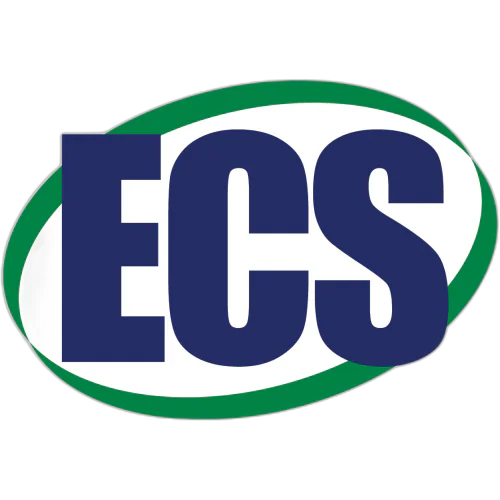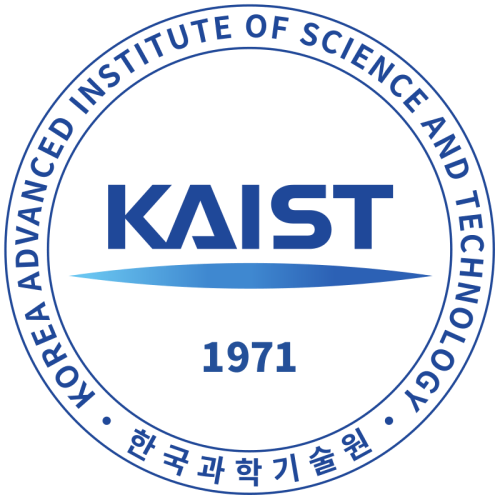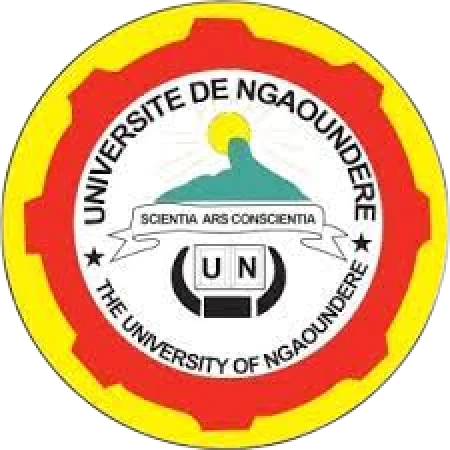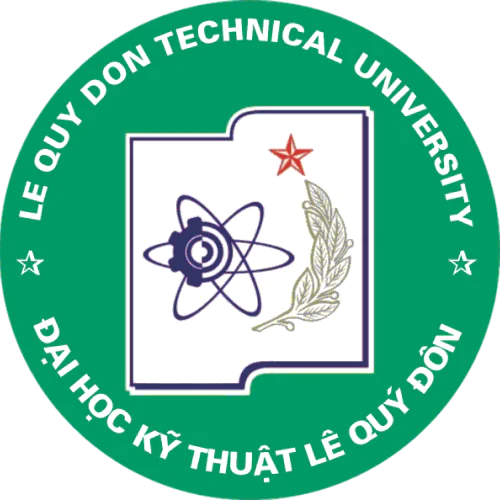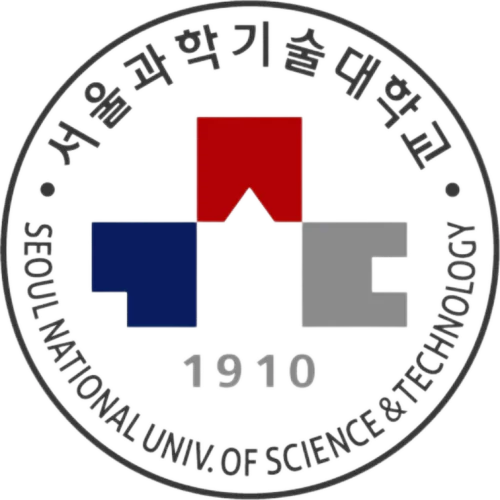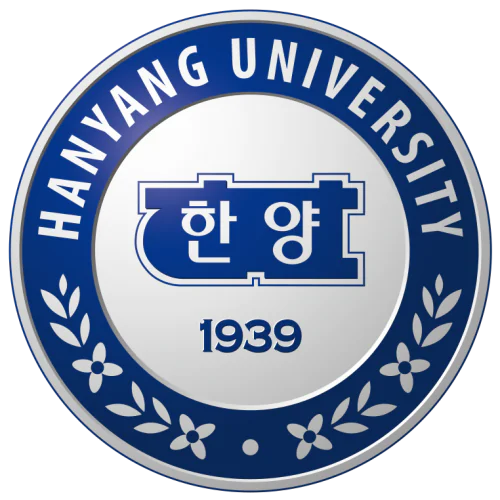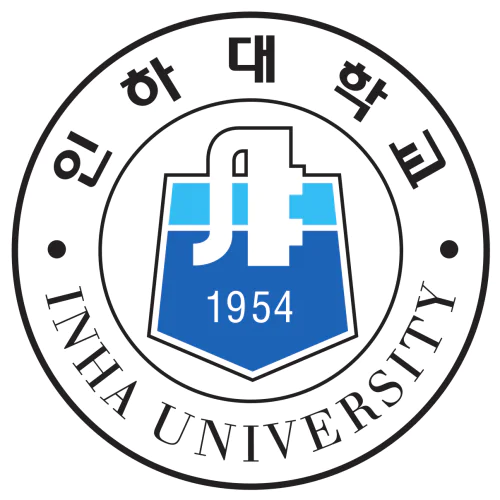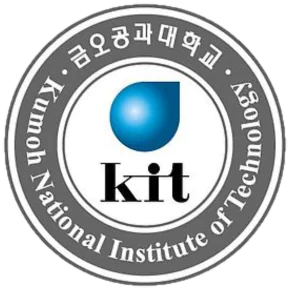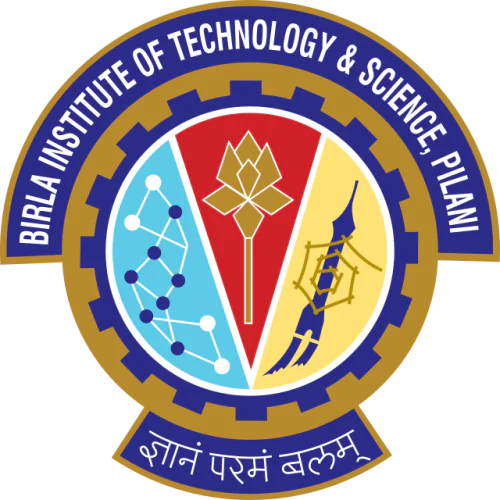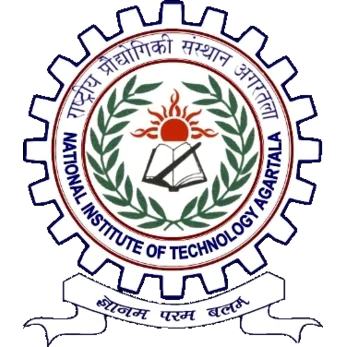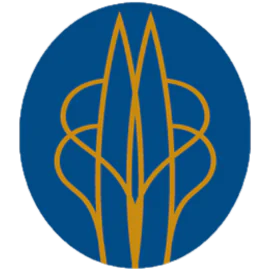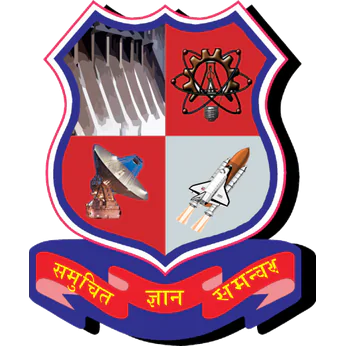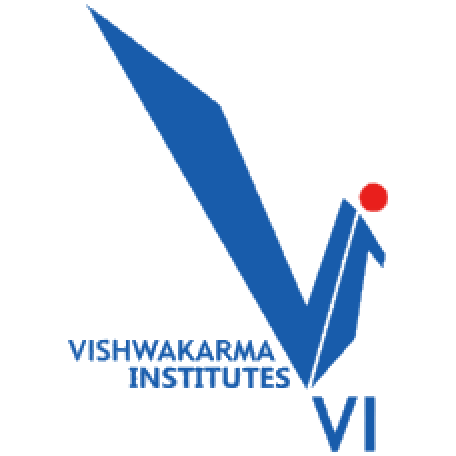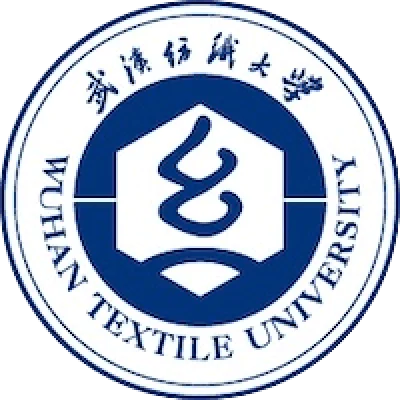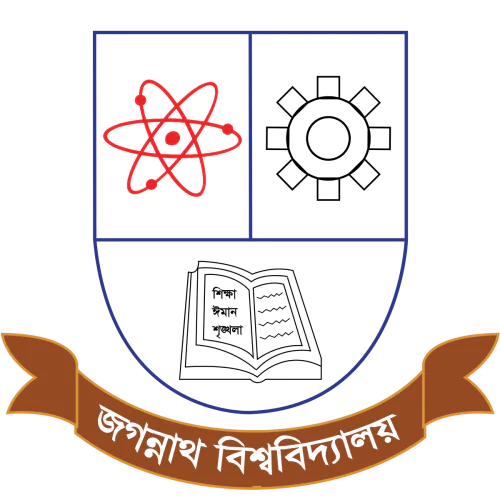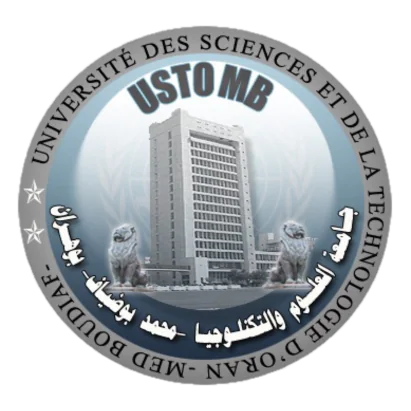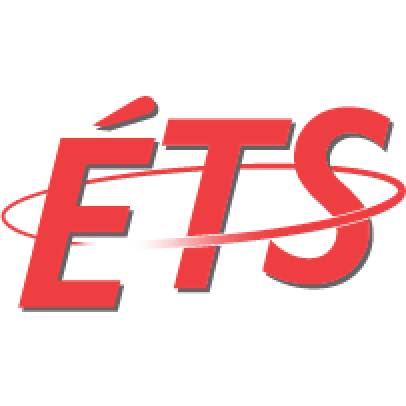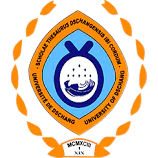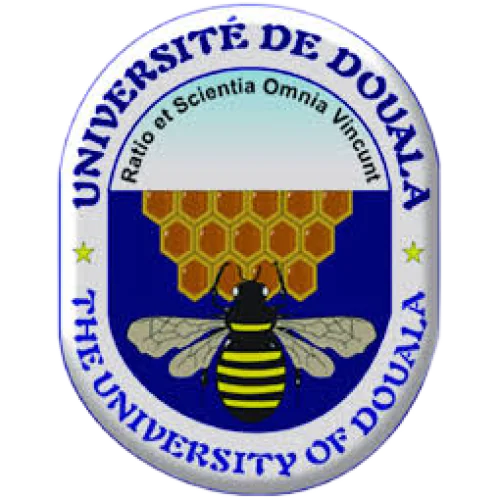Are you a researcher?
Create a profile to get free access to personal recommendations for colleagues and new articles.
Years of issue
2024-2025
journal names
JMST Advances
Top-3 citing journals
Top-3 organizations

Korea Advanced Institute of Science and Technology
(7 publications)

Seoul National University
(7 publications)

Chonbuk National University
(6 publications)

Korea Advanced Institute of Science and Technology
(6 publications)

Chonbuk National University
(5 publications)

Sungkyunkwan University
(4 publications)
Top-3 countries
Most cited in 5 years
Found
Nothing found, try to update filter.
Found
Nothing found, try to update filter.
Top-100
Citing journals
Citing publishers
Publishing organizations
Publishing organizations in 5 years
Publishing countries
|
5
10
15
20
25
30
35
40
45
|
|
|
Republic of Korea
|
Republic of Korea, 44, 38.6%
Republic of Korea
44 publications, 38.6%
|
|
India
|
India, 7, 6.14%
India
7 publications, 6.14%
|
|
USA
|
USA, 6, 5.26%
USA
6 publications, 5.26%
|
|
Cameroon
|
Cameroon, 4, 3.51%
Cameroon
4 publications, 3.51%
|
|
China
|
China, 3, 2.63%
China
3 publications, 2.63%
|
|
Algeria
|
Algeria, 3, 2.63%
Algeria
3 publications, 2.63%
|
|
Vietnam
|
Vietnam, 3, 2.63%
Vietnam
3 publications, 2.63%
|
|
Norway
|
Norway, 3, 2.63%
Norway
3 publications, 2.63%
|
|
France
|
France, 2, 1.75%
France
2 publications, 1.75%
|
|
Singapore
|
Singapore, 2, 1.75%
Singapore
2 publications, 1.75%
|
|
Bangladesh
|
Bangladesh, 1, 0.88%
Bangladesh
1 publication, 0.88%
|
|
United Kingdom
|
United Kingdom, 1, 0.88%
United Kingdom
1 publication, 0.88%
|
|
Egypt
|
Egypt, 1, 0.88%
Egypt
1 publication, 0.88%
|
|
Canada
|
Canada, 1, 0.88%
Canada
1 publication, 0.88%
|
|
Morocco
|
Morocco, 1, 0.88%
Morocco
1 publication, 0.88%
|
|
Pakistan
|
Pakistan, 1, 0.88%
Pakistan
1 publication, 0.88%
|
|
Japan
|
Japan, 1, 0.88%
Japan
1 publication, 0.88%
|
|
5
10
15
20
25
30
35
40
45
|
Publishing countries in 5 years
|
5
10
15
20
25
|
|
|
Republic of Korea
|
Republic of Korea, 22, 24.44%
Republic of Korea
22 publications, 24.44%
|
|
India
|
India, 5, 5.56%
India
5 publications, 5.56%
|
|
Vietnam
|
Vietnam, 3, 3.33%
Vietnam
3 publications, 3.33%
|
|
Cameroon
|
Cameroon, 3, 3.33%
Cameroon
3 publications, 3.33%
|
|
Norway
|
Norway, 3, 3.33%
Norway
3 publications, 3.33%
|
|
USA
|
USA, 2, 2.22%
USA
2 publications, 2.22%
|
|
China
|
China, 2, 2.22%
China
2 publications, 2.22%
|
|
Algeria
|
Algeria, 2, 2.22%
Algeria
2 publications, 2.22%
|
|
Egypt
|
Egypt, 1, 1.11%
Egypt
1 publication, 1.11%
|
|
Canada
|
Canada, 1, 1.11%
Canada
1 publication, 1.11%
|
|
Singapore
|
Singapore, 1, 1.11%
Singapore
1 publication, 1.11%
|
|
5
10
15
20
25
|


































